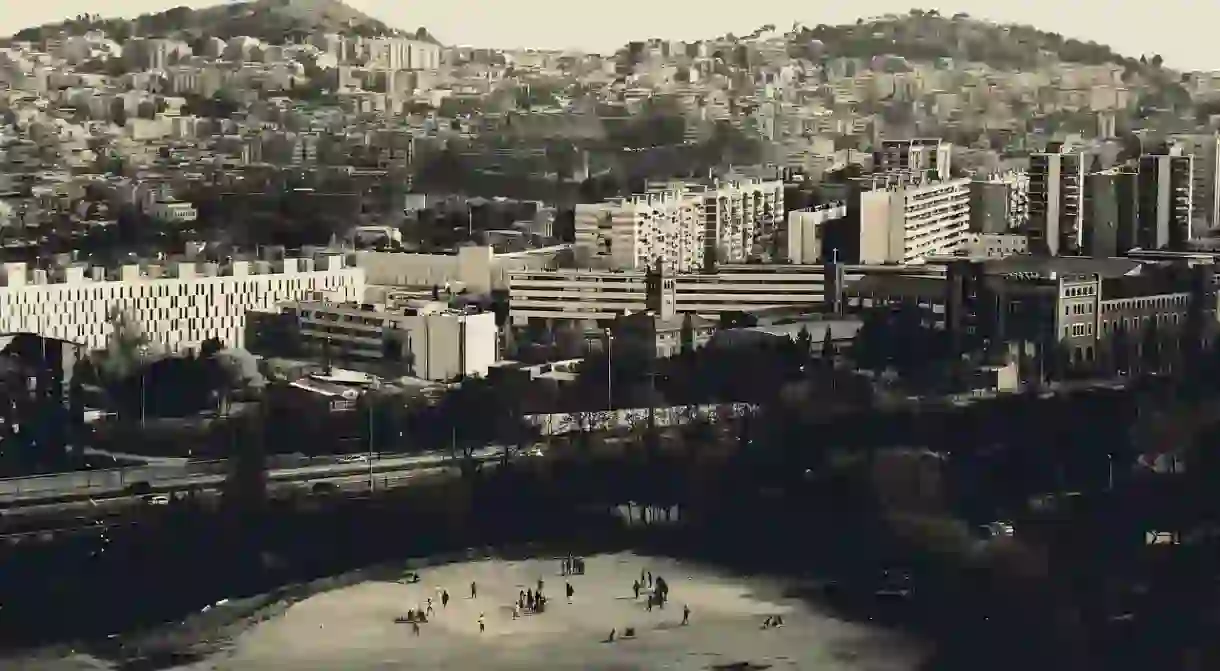Curious Facts You Didn’t Know About Barcelona

It’s one of Europe’s most popular destinations, but how well do you really know the Catalan capital? Enhance your knowledge of Barcelona with these little-known facts.
It has the largest football stadium in Europe
The Camp Nou, home to the world-famous FC Barcelona, is the largest football stadium in Europe and the third largest in the world. It can seat a whopping 99,354 spectators, and plans are under discussion to increase that to 105,000. The stadium is one of the most popular attractions in the city, thanks in part to the presence of the FC Barcelona Museum – one of the city’s most visited museums.
Park Güell is actually a failed housing project
While today Park Güell is considered one of the must-see attractions in Barcelona, what few people realise is that it was originally intended to be a visionary housing complex. Catalan architect Antoni Gaudí and his main patron, Eusebi Güell, conceived of a modern estate similar to those found in England at the time – hence the Anglicised spelling of ‘park’. However, they received no interest from investors and eventually had to abandon the project. Gaudí moved in to the model home – today the Gaudí House Museum – and remained there until he died.

Barcelona boasts the largest supercomputer in Southern Europe
Opened in 2005, the Barcelona Supercomputing Center is home to one of the most powerful supercomputers in the world. MareNostrum occupies the space of half a basketball court and weighs around 40,000 kilograms (39 tons). Curiously, the computer is housed within a deconsecrated chapel on the grounds of the Polytechnic University of Barcelona.
The city is home to the only museum of funeral carriages in Europe
One of the more curious historic collections in Barcelona, the Museum of Funeral Carriages can be found in the area of the Montjuïc cemetery, and contains 13 vehicles, some dating back to the early 19th century. The museum was born out of a desire to find a permanent home for the local council’s defunct collection of hearses and funeral cars. Notable vehicles include ‘The Stove’, an ornate carriage designed for carrying the city’s most illustrious residents, and ‘The Black Widow’, designed for carrying the family of the deceased.
The street corners of Eixample are shaped to allow for trams turning
Looking at a map, it’s easy to recognise the neighbourhood of Barcelona known as Eixample – meaning ‘extension’ in Catalan. Its perfect grid pattern makes for striking aerial photography, and is easy for vehicles and pedestrians to navigate. If you look carefully, you’ll notice that the corners of each block of buildings is cut off, making them octagons rather than squares. This design quirk was factored in to allow for the city’s trams to be able to turn corners safely.

There are abandoned metro stations beneath the city
… and rumour has it they’re haunted. Correos, Banco, Ferran – these are just some of the names of the stations that were either closed down or never completed. In many cases the stations were abandoned when the city’s layout was modified, as with the Barceloneta. Many people believe that these places are haunted and allege to have seen curious shadows and other unexplainable presences there.
Barcelona is the only city in the world awarded a Royal Gold Medal for architecture
The Royal Gold Medal is a prestigious award handed out each year by the Royal Institute of British Architects in recognition of a person’s contribution to architecture. While most recipients are architects, and some have also been engineers, scholars or artists, only once has it been awarded to an entire city. In 1999, Barcelona received the Royal Gold Medal in recognition of the tremendous urban renewal project it had undergone ahead of the 1992 Olympics, radically transforming the city’s landscape.

The Eiffel Tower was nearly built in Barcelona
The architect Gustave Eiffel originally pitched his proposal for Paris’s iconic tower to the city of Barcelona. However, local officials rejected the proposal, as they believed the tower would be an unsightly addition to the city’s landscape. Eiffel then turned to Paris to pitch his idea and they eventually agreed to house the landmark, originally destined to be a temporary exhibit.
La Rambla is actually five streets, not one
Undoubtedly the most famous street in Barcelona, La Rambla stretches from the Mirador de Colom on the waterfront to the grandiose Plaça Catalunya. Often referred to in the singular ‘La Rambla’, this large boulevard is actually made up of five different streets: Rambla de Canaletes, Rambla dels Estudis, Rambla de Sant Josep, Rambla dels Caputxins and Rambla de Santa Mònica. Another curious fact about the streets is that once upon a time it used to be an open stream, designed to filter water from the mountains surrounding Barcelona to the sea.














